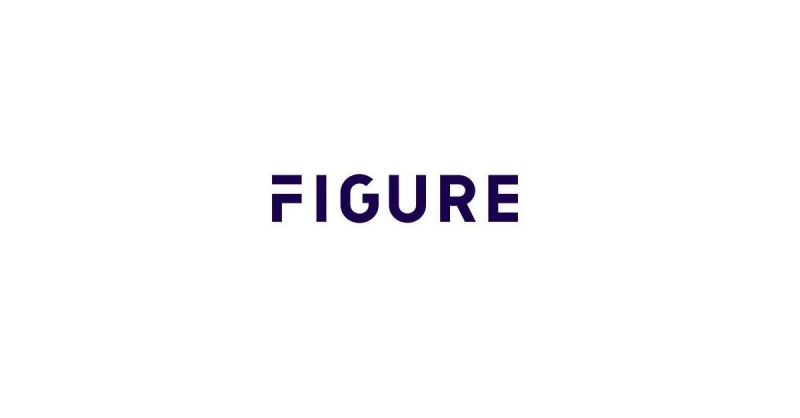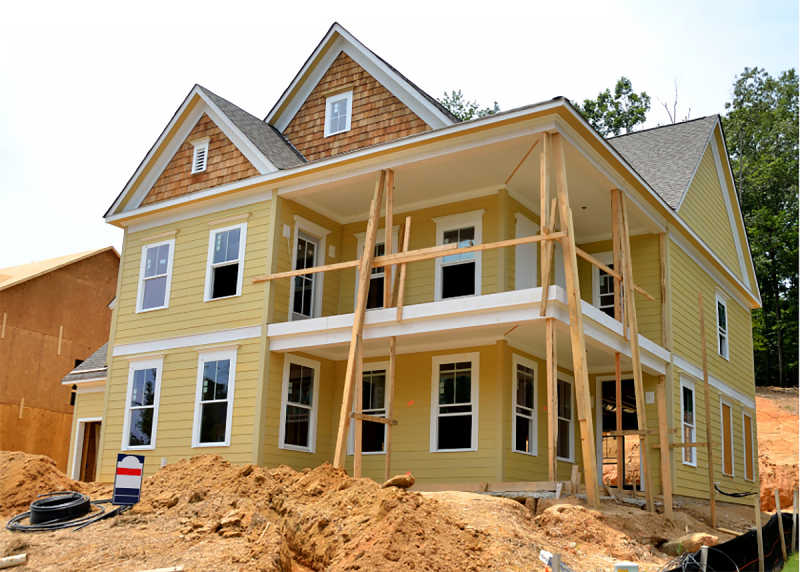Advertisement
New Report Shows Positive Strides Made in Credit Market

The Federal Reserve Bank of New York has released its Household Debt and Credit Report for the second quarter of 2011, and consistent with the findings of the previous quarter, the report shows continued signs of healing in the consumer credit markets. The data show evidence of a modest increase in the willingness of consumers to borrow and banks to lend.
Mortgage originations ended their three-quarter increase, falling to $352 billion according to the Q2 Household Debt and Credit Report. Mortgage originations shown on credit reports are volatile; in the second quarter of 2011, they were 17 percent above their 2008 fourth quarter low point and three percent below their level of just one year ago. Mortgage originations over the last four quarters were 44 percent below their average levels of 2003-2007.
Highlights of the report inlclude:
►Mortgage and home equity lines of credit both fell by $20 billion.
►Balances on most loan types fell, but by very small amounts.
►Consumers' non-real estate indebtedness fell by $10 billion (0.4 percent) and now stands at $2.28 trillion, 9.5 percent below its fourth quarter 2008 peak.
►Credit card limits increased for the second consecutive quarter—by $60 billion or about two percent.
►Account openings and closings continued their trends from the end of 2010.
►The number of open mortgage accounts held roughly steady again in the second quarter.
►Open credit card accounts jumped by 10 million, to 389 million.
►Mortgage and home equity lines of credit both fell by $20 billion.►Credit inquiries within the last six months—an indicator of consumer demand for new credit—bounced back in the quarter after having fallen slightly in the first quarter.
►Delinquency rates and transitions continued their recent improvement.
►Both delinquent and seriously delinquent balances remain 15 percent below year-ago levels.
New foreclosures fell again, as bankruptcies rose as they tend to do in the second quarter. Both numbers are well below their peak and year-ago levels. For example, new foreclosure notations were down 22.8 percent from the first quarter; new bankruptcies were down 23.8 percent from the second quarter of 2010.
"Outstanding consumer debt remained essentially flat, down just $50 billion, in what was basically a repeat of the previous quarter. This is more evidence that the pace of consumer deleveraging that began in late 2008 has slowed," said Andrew Haughwout, vice president in the Research and Statistics Group at the Federal Reserve Bank of New York. "During the next few quarters we will gain a better understanding of whether this is a permanent or temporary break in the decline of total outstanding consumer debt."
About the author




